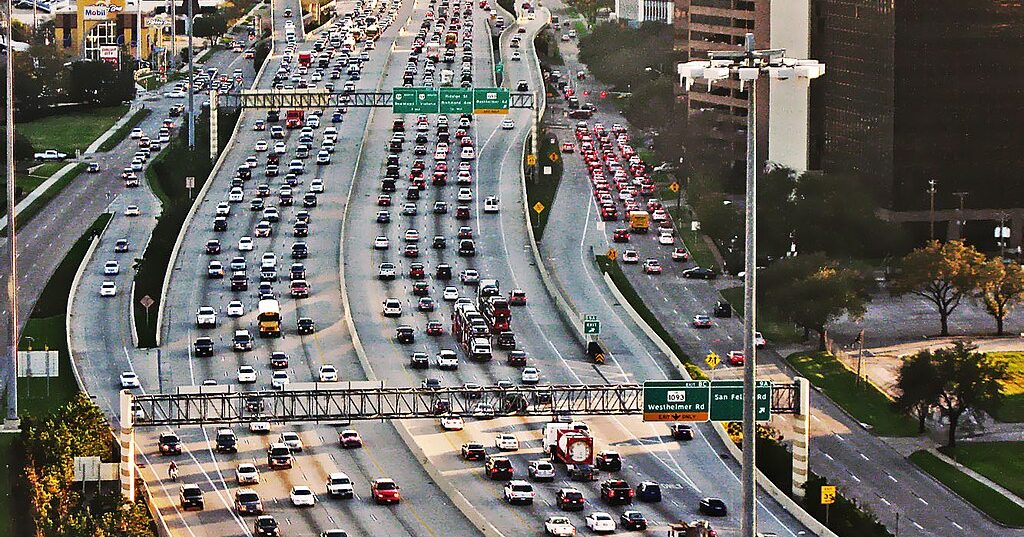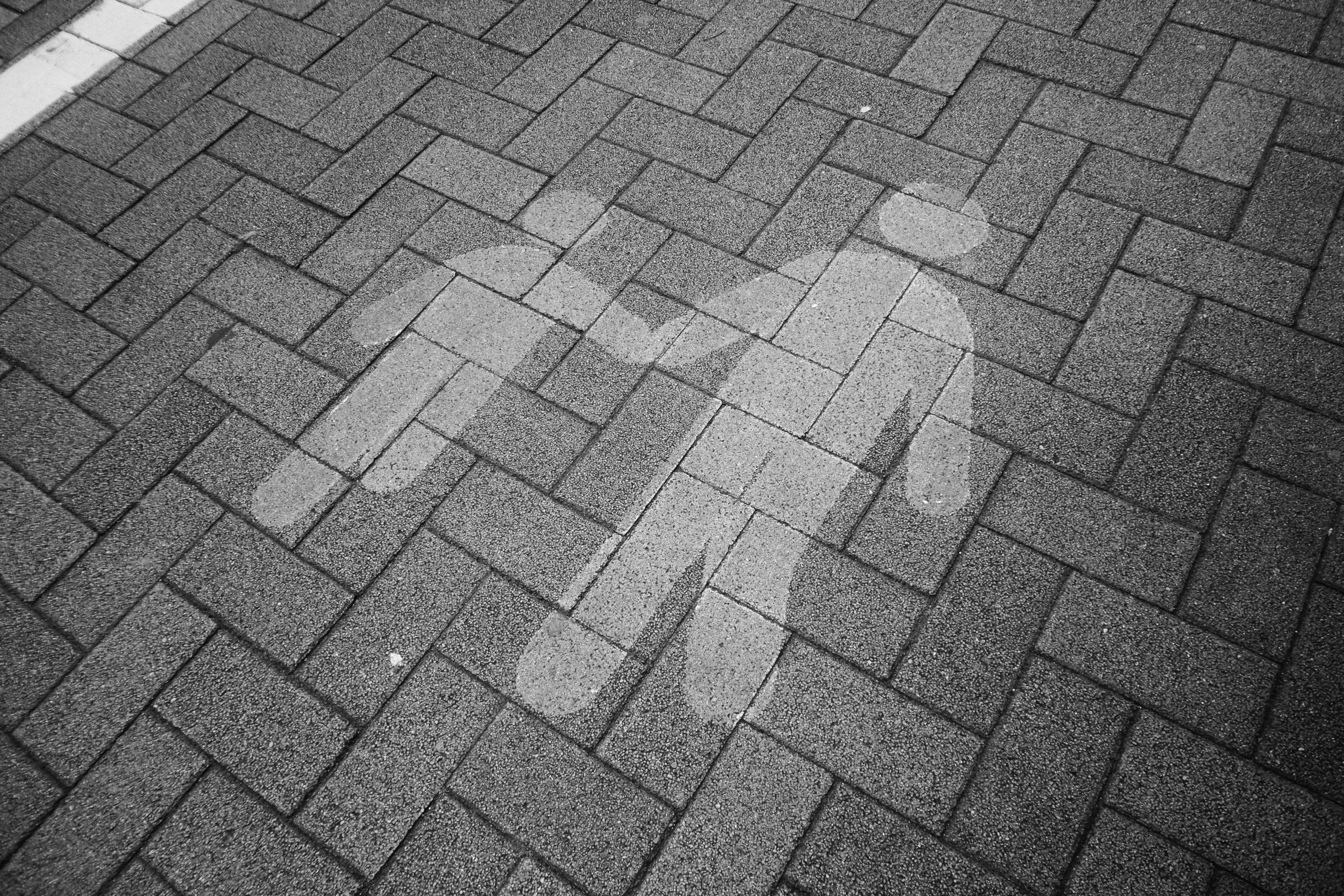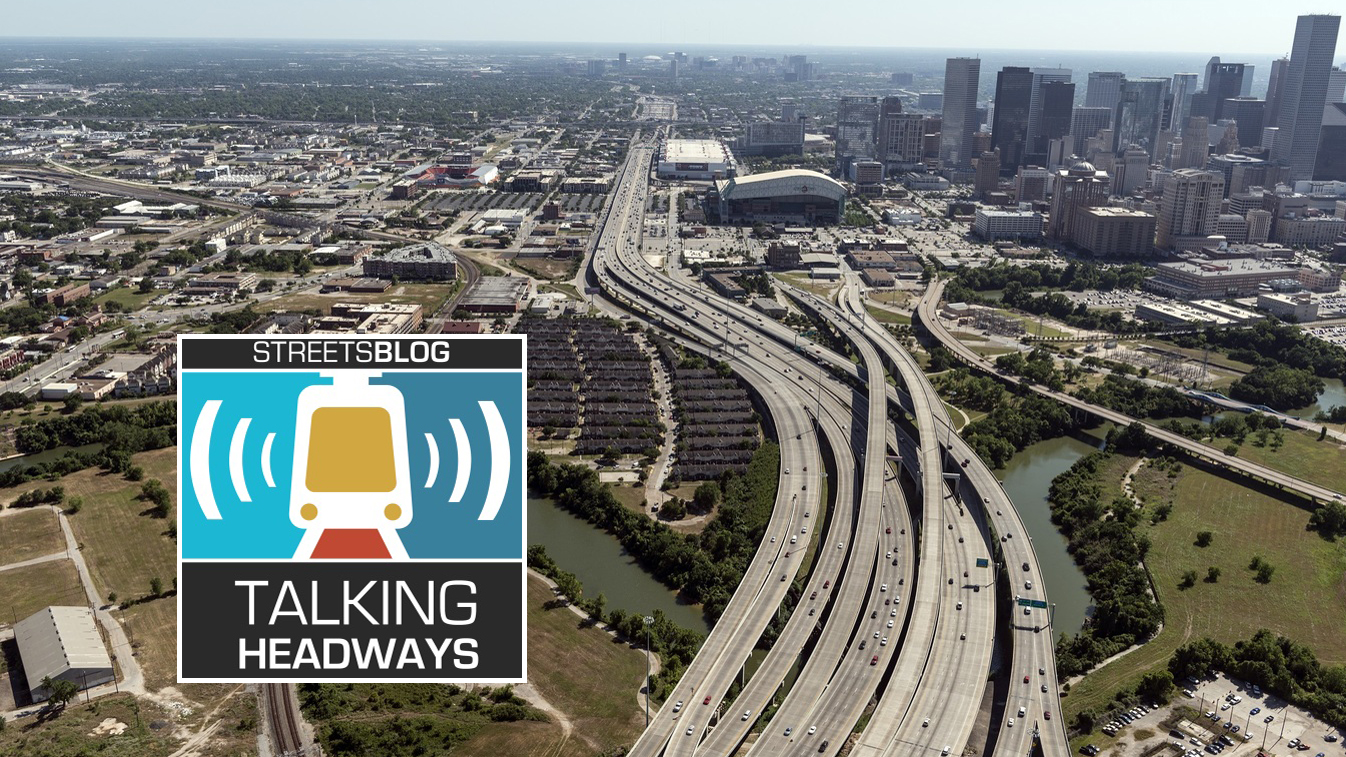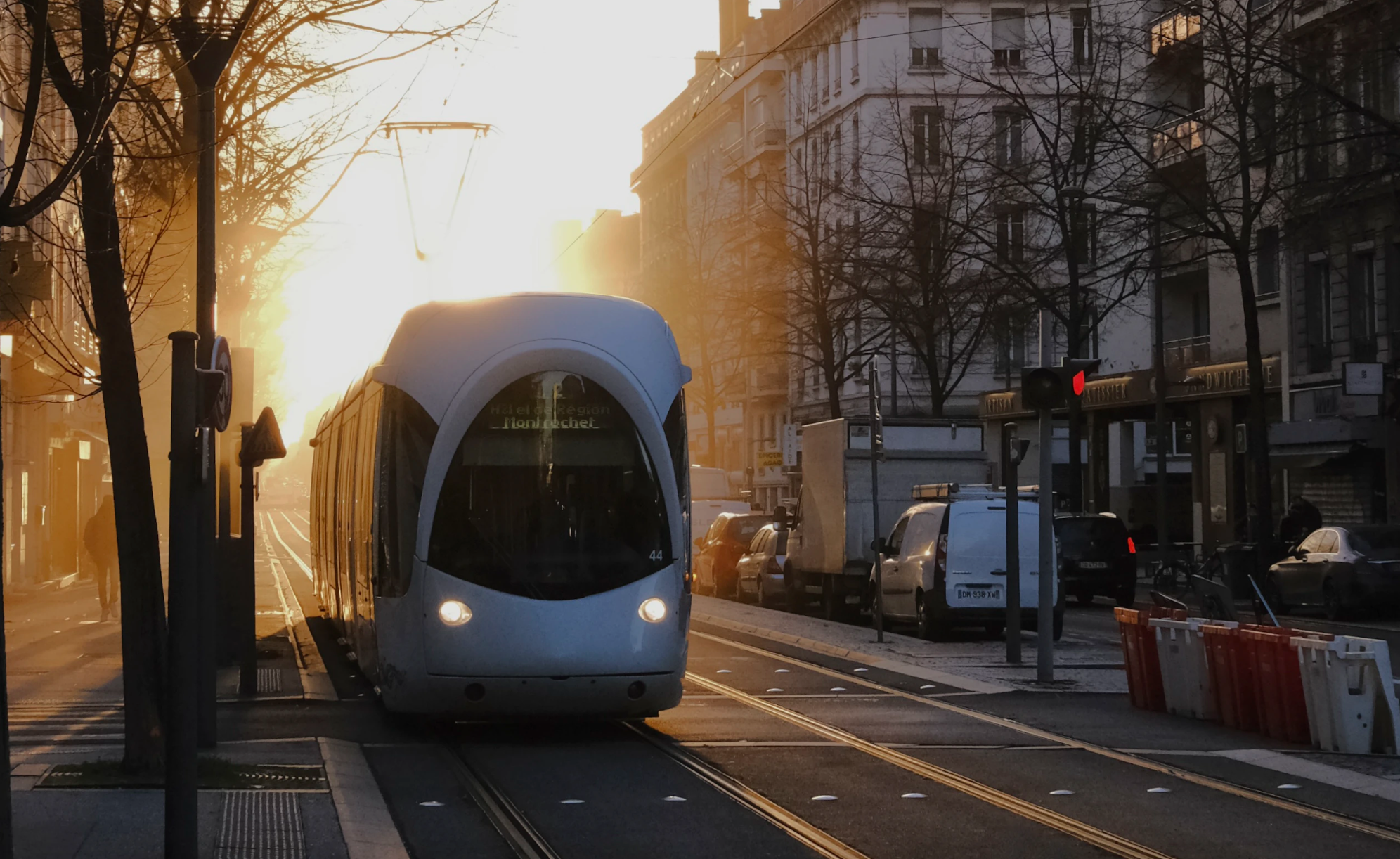The debate over funding distributions between highways and transit tends to attract a lot of attention, but advocates are increasingly seeking other methods to achieve transportation reform -- as my colleague Ben Fried showed in his recent interview with John Norquist, president of the Congress for the New Urbanism.
Norquist has described the highways-transit dichotomy as a "limited" way to frame the transportation debate, calling for more focus on the planning of street networks by state DOTs and local Metropolitan Planning Organizations (MPOs).
It's a topic that's clearly on Rep. Jim Oberstar's (D-MN) mind as well. The House transportation committee chairman's forthcoming bill takes a closer look at MPOs, requiring the federal DOT to collect information on their performance and the establishment of "Blueprint" planning (already in use to some extent in California) for metro-area transportation projects.
Breaking down the bureaucracy, here's what "Blueprint" planning would mean under Oberstar's proposal. MPOs would be required to address the following priorities when devising new projects:
- "land use patterns that support improved mobility and reduced dependency on single-occupant vehicle trips"
- "an adequate supply of housing for all income levels"
- "limited impacts on valuable farmland, natural resources and air quality"
- "a reduction in greenhouse gas emissions"
- "an increase in water and energy conservation and efficiency"
- "an increase in livable communities"





